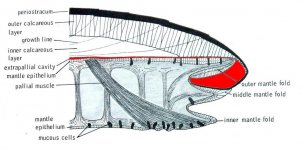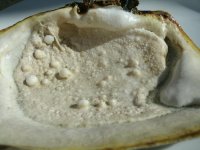BWeaves
Well-known member
- Joined
- May 13, 2015
- Messages
- 7,118
I was just on the Mikimoto website, for some pearl eye candy, and I clicked on the first video listed: "Explore the original."
So what comes up on the YouTube video?
"When an oyster encounters a piece of grit inside its shell, it builds layer upon layer of luster.
In time, that grit has become something entirely new."
They are spreading the false "grain of sand" myth, and I would have thought Mikimoto would know better than to do that.
That's not educating the public. Grrrrrr.
So what comes up on the YouTube video?
"When an oyster encounters a piece of grit inside its shell, it builds layer upon layer of luster.
In time, that grit has become something entirely new."
They are spreading the false "grain of sand" myth, and I would have thought Mikimoto would know better than to do that.
That's not educating the public. Grrrrrr.


